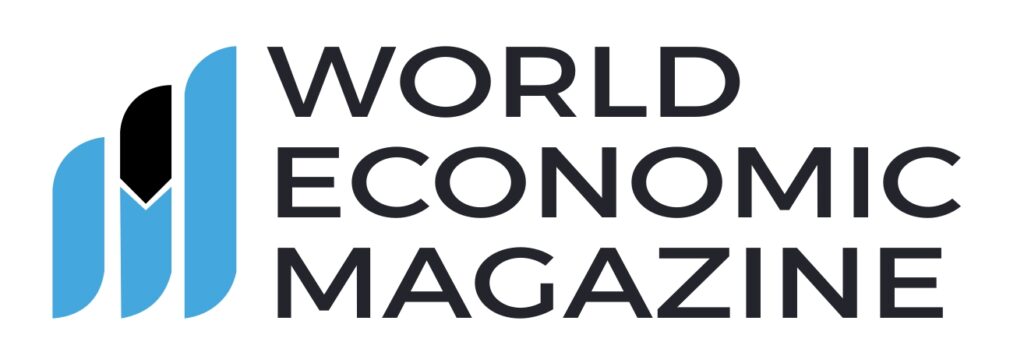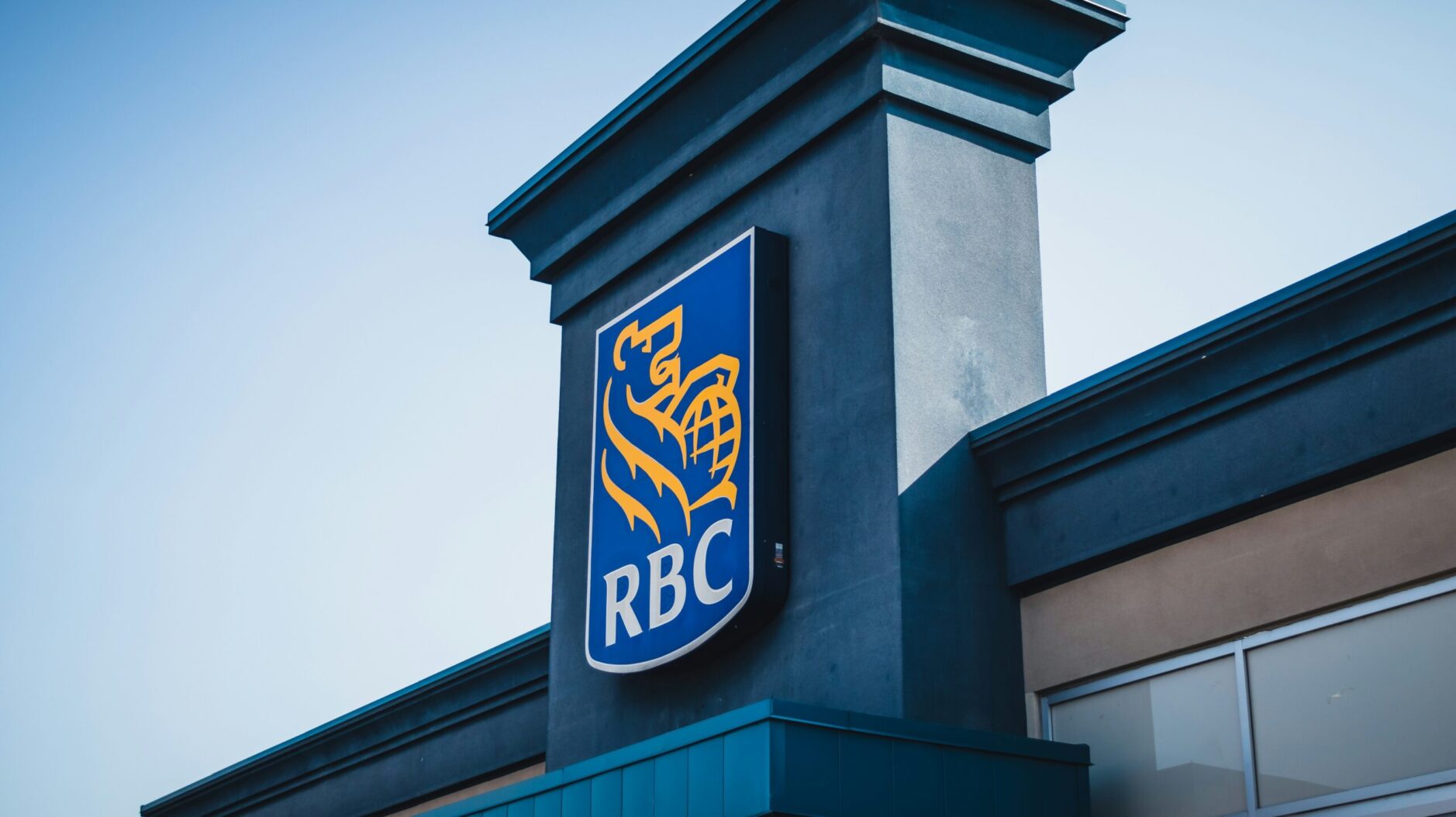
Global Financial Landscape Awaits Bank of England’s Decision Amid US Rate Hikes
As the economic world watches closely, the Bank of England stands at a critical juncture, poised to make pivotal decisions in response to the potential rate increases by the US central bank. This comes after the Bank of England has already raised interest rates 14 times over the past two years, reflecting the complex dance of central banks worldwide to tackle inflation and stabilize economies. Experts speculate that the UK may have “no choice” but to follow suit if the US Federal Reserve opts for further rate hikes to counter inflation. Such actions would significantly affect currencies, inflation rates, and financial stability.
The global economy is at a crossroads, grappling with the intricate interplay between inflation, interest rates, and economic growth. The recent statement by Jerome Powell, chair of the US Federal Reserve, highlighting the potential need for additional rate hikes to curb high inflation, has sent ripples across financial markets. This move comes against inflation concerns in the US and globally, with economic players seeking strategies to balance growth while preventing runaway price increases.
The Bank of England, having maintained its vigilance through a series of rate hikes, now faces the challenge of aligning its policies with the evolving global economic landscape. The close synchronization between central banks has been a hallmark of international financial cooperation, where the actions of one major institution often reverberate across the world. As the US Federal Reserve takes steps to manage its inflation levels, the Bank of England’s response could determine the stability of the UK’s financial markets, currency strength, and consumer spending patterns.
Economists and financial experts speculate on the potential outcomes of such decisions. Jefferson Frank, a professor of economics, emphasizes the interconnectedness of international interest rates and market flows. He highlights, “if interest rates in the US are higher, funds will flow from the UK, and market rates will automatically go up.” This ripple effect could lead to a weakened pound, influencing the cost of imported goods and adding to inflation pressures.
Moreover, the debate surrounding the balance between interest rates and inflation also delves into the intricacies of foreign investment. The differential between interest rates in different countries can attract or repel foreign investors seeking to maximize their returns. This dynamic can significantly impact currency values and a nation’s economic outlook.
Experts like Stephen Yiu, lead manager of the Blue Whale Growth Fund, echo the concerns about currency fluctuations affecting inflation. He notes that the UK’s dependence on imports could exacerbate inflationary pressures if the pound weakens due to higher US rates. This scenario underscores the tightrope that central banks must take to control inflation while avoiding adverse economic growth and consumer affordability impacts.
The upcoming decision of the Bank of England, expected to align closely with the US Federal Reserve’s actions, raises questions about the potential domino effect across global markets. The interconnectedness of financial systems amplifies the significance of each central bank’s policy move, transcending national borders.
As central banks across the world navigate the challenges of inflation management, interest rate adjustments, and economic growth, their synchronized efforts hold the potential to either stabilize or destabilize the global financial landscape. The decisions made by institutions like the Bank of England transcend mere financial mechanics; they shape the trajectories of economies, currencies, and the livelihoods of billions worldwide.






